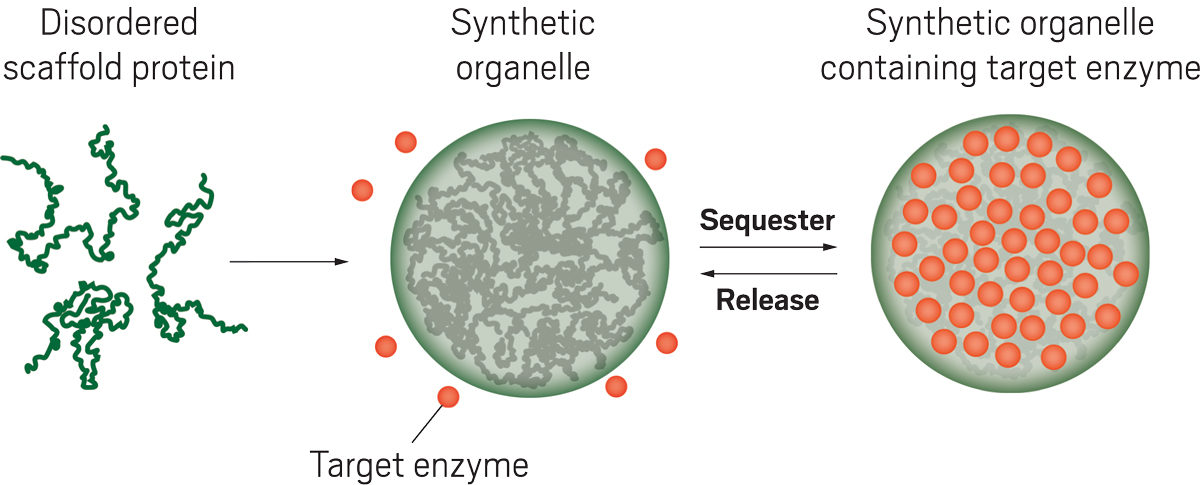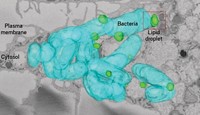Advertisement
Grab your lab coat. Let's get started
Welcome!
Welcome!
Create an account below to get 6 C&EN articles per month, receive newsletters and more - all free.
It seems this is your first time logging in online. Please enter the following information to continue.
As an ACS member you automatically get access to this site. All we need is few more details to create your reading experience.
Not you? Sign in with a different account.
Not you? Sign in with a different account.
ERROR 1
ERROR 1
ERROR 2
ERROR 2
ERROR 2
ERROR 2
ERROR 2
Password and Confirm password must match.
If you have an ACS member number, please enter it here so we can link this account to your membership. (optional)
ERROR 2
ACS values your privacy. By submitting your information, you are gaining access to C&EN and subscribing to our weekly newsletter. We use the information you provide to make your reading experience better, and we will never sell your data to third party members.
ACS Meeting News
Cellular engineers seek to boost bromoform in seaweed
Fed to livestock, the molecule could block methane production
by Laurel Oldach
August 21, 2024
Ruminants are a major source of greenhouse gases, but tweaks to their feed may help control those emissions. Several start-ups are developing feed supplements based on seaweed to control microbial methanogenesis in cow rumens. Researchers at the National Science Foundation’s Center for Cellular Construction at the University of California, San Francisco, are hoping to engineer seaweeds to bring bovine methane production down more efficiently.

Red and brown algae, or seaweeds, produce bromoform, CHBr3, which can act as an inhibitor and block some of the series of metabolic enzymes that reduce CO2 to form methane. But bromoform is a small, volatile molecule that algae release as a defense against predation, and it is it hard to tell how much makes it through processing and into a cow’s stomach. Researchers would like to find a method to stably sequester more bromoform in seaweed. But first they must determine how this relatively unstudied molecule escapes from cells in the first place. In a talk delivered Tuesday to the American Chemical Society Division of Biological Chemistry at ACS Fall 2024, IBM postdoctoral researcher Jie Shi of the CCC described computational research probing bromoform’s interactions with cell membranes.
By simulating how bromoform interacts with a simple lipid bilayer, the researchers found that at low concentrations, bromoform diffuses across cell membranes. At higher concentrations, more of it tends to aggregate and phase separate from its aqueous environment. Shi and colleagues told C&EN in an email that although the work will need to be repeated in a bilayer that resembles true seaweed cell membranes, so far it supports their goal to engineer California kelp with specialized bromoform-storing organelles. Someday, tiny intracellular storage containers might ensure that more bromoform reaches feedlots.





Join the conversation
Contact the reporter
Submit a Letter to the Editor for publication
Engage with us on Twitter